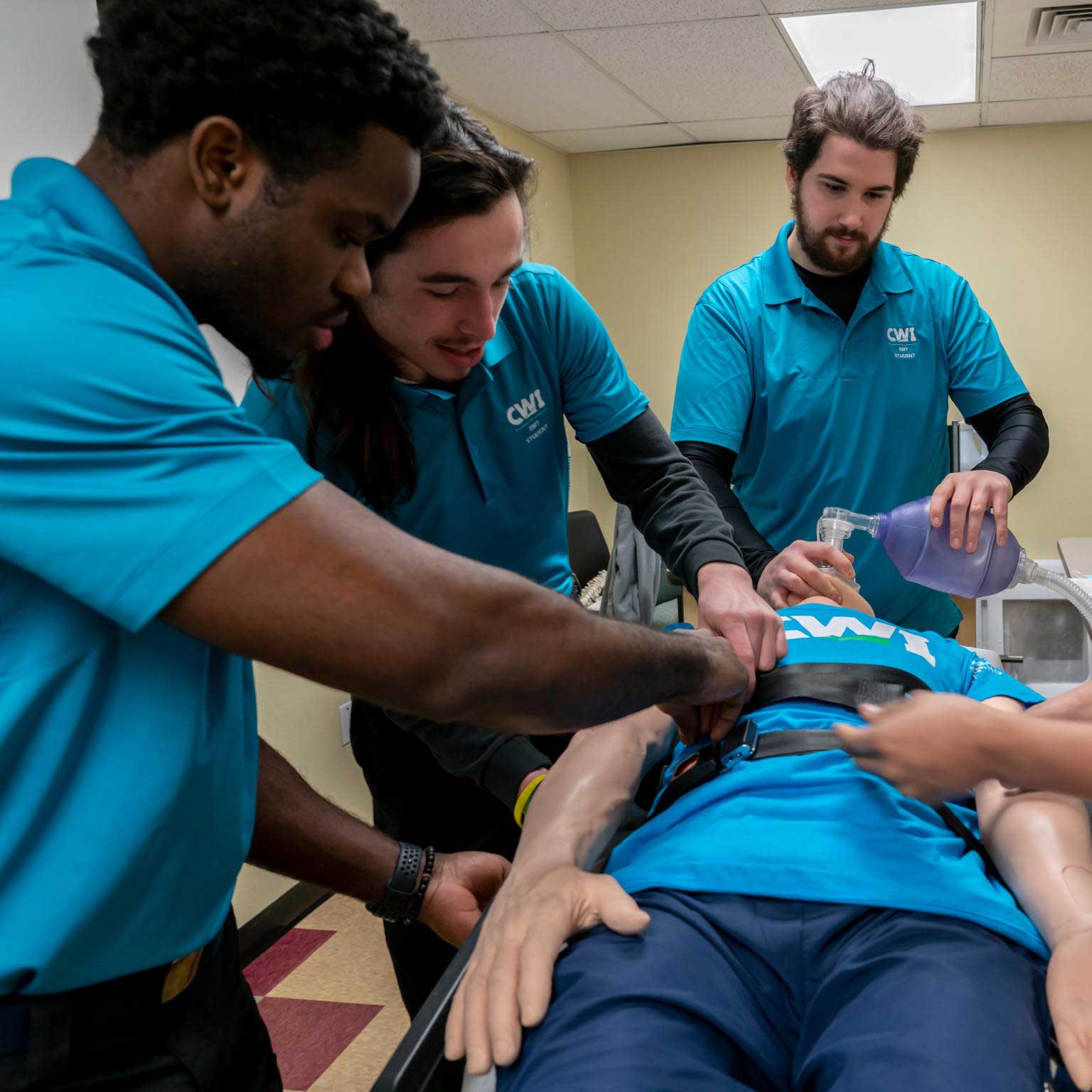Comprehending How Sudden Injuries Alter Athletic Performance Mechanics
Wiki Article
Sudden traumas are unexpected harm that can happen during athletic events or fitness activities. These traumas can greatly impact an athlete's performance and overall health. Frequent examples of sudden traumas include twists, breaks, and strains. They happen rapidly and often result from accidents, such as falls, crashes, or improper movements. Comprehending how these traumas affect athletic capabilities dynamics is crucial for athletes, coaches, and healthcare professionals who work with them.
When an athlete experiences an acute injury, the prompt effects can be quite significant. Pain and inflammation are common symptoms that can restrict movement and function. For example, a hoops player who twists an joint may find it difficult to walk or run. This constraint can lead to a decrease in ability, as players may struggle to compete at their typical capability. Additionally, the psychological effects of an incident can also play a factor. Athletes might feel worried or apprehensive about returning to their activity, which can further impact their ability.
Rehabilitation from an acute trauma involves several phases, including recovery, therapy, and incremental re-entry to performance. The first focus is often on managing Learn More Here discomfort and inflammation. Health providers may advise cold therapy, bandaging, and lifting to help with healing. Once the initial stage has ended, therapeutic activities become crucial. These activities help restore strength, flexibility, and range of motion. Athletes need to follow a structured rehabilitation plan to make certain they come back to their activity without risk and efficiently.
The lasting effects of sudden injuries can differ. Some athletes may recover fully and return to their previous ability levels, while some may encounter ongoing difficulties. Ongoing discomfort or fragility can develop if an injury is not adequately managed. This situation can lead to a cycle of re-injury or alternative traumas in different parts of the physique. It is essential for athletes to be patient during the recovery process and to collaborate closely with medical professionals to tackle any lingering issues.
In conclusion, sudden traumas can significantly alter how athletes compete in their activities. The prompt bodily and emotional effects can impede ability and self-assurance. Rehabilitation involves attentive handling and rehabilitation to ensure that athletes can safely return to their activities. Understanding the dynamics of acute injuries can help everyone involved in athletics—from players to coaches to healthcare professionals—support those impacted and encourage a secure return to athletic ability.
